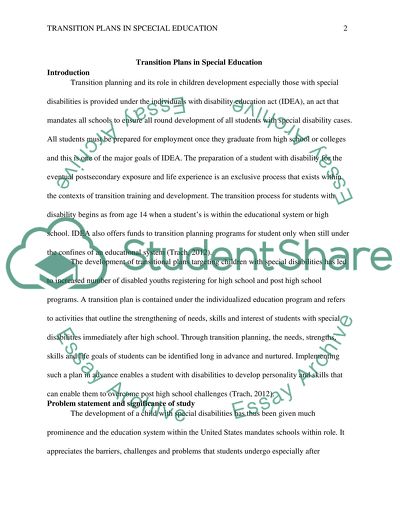Cite this document
(“Transition Plans in Special Education Essay Example | Topics and Well Written Essays - 3000 words”, n.d.)
Transition Plans in Special Education Essay Example | Topics and Well Written Essays - 3000 words. Retrieved from https://studentshare.org/education/1487233-transition-plans-in-special-education
Transition Plans in Special Education Essay Example | Topics and Well Written Essays - 3000 words. Retrieved from https://studentshare.org/education/1487233-transition-plans-in-special-education
(Transition Plans in Special Education Essay Example | Topics and Well Written Essays - 3000 Words)
Transition Plans in Special Education Essay Example | Topics and Well Written Essays - 3000 Words. https://studentshare.org/education/1487233-transition-plans-in-special-education.
Transition Plans in Special Education Essay Example | Topics and Well Written Essays - 3000 Words. https://studentshare.org/education/1487233-transition-plans-in-special-education.
“Transition Plans in Special Education Essay Example | Topics and Well Written Essays - 3000 Words”, n.d. https://studentshare.org/education/1487233-transition-plans-in-special-education.


